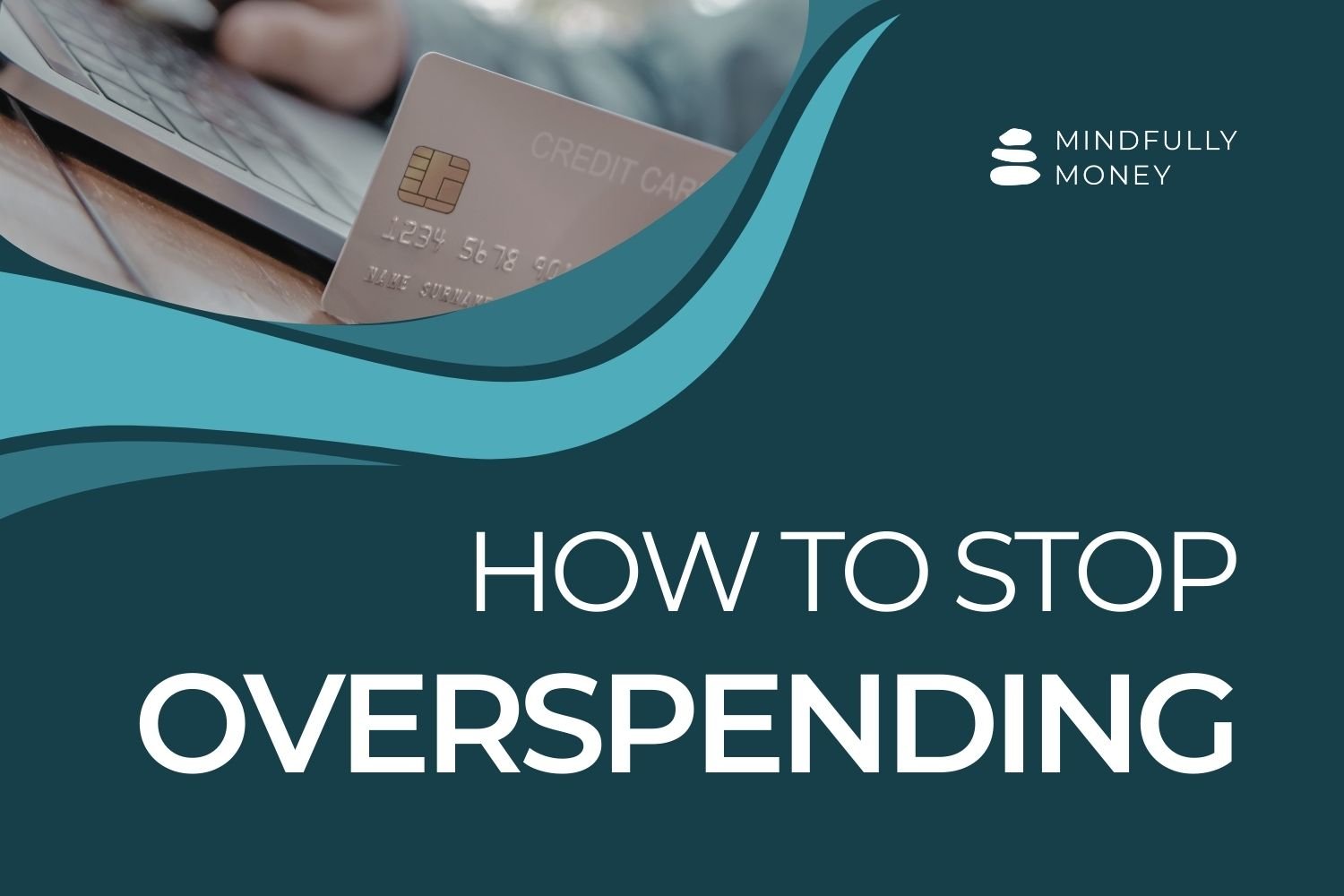7 Easy Ways to Spend Less on Groceries
Saving money on groceries doesn’t have to be time consuming or difficult. You don’t have to start clipping coupons or monitoring the prices at seven different stores. If you’re smart about your shopping, you won’t have to give up your favorite items or spend hours figuring out the cheapest way to eat each week. Whether you’re trying to adjust to lost income or just want to free up money for other goals, following these tips can help you eat well on a budget.
1. Shop at Aldi or less expensive store
If you're lucky enough to live near an Aldi, shopping there is by far one of the easiest ways to spend less on your groceries. Although you'll occasionally have to make a trip to another store for items they don't carry, Aldi has all of the essentials at great prices. This means that you can just buy what you need without needing to think about prices or sales.
Aldi has a great selection of specialty food items, such as organic or gluten free. They offer sustainable seafood options and I recently discovered that at least some of their canned goods come in BPA-free cans. (Note: I do not receive any money for recommending Aldi. I really just love shopping there.)
For those of you who don't live near an Aldi, keep reading for tips on spending less at regular grocery stores.
2. Buy store brands
Store brands aren't what they used to be. Companies want you to buy their store brand and have improved their products accordingly. The flavorless or stale generic foods of the past have been replaced by products that are often comparable to their name brand counterparts.
If you’re still not convinced, start with staples like flour, rice, oatmeal, or tomato sauce where you’re typically adding other ingredients to enhance flavor anyway. Even just switching a few items that you buy regularly can make a huge dent in your spending.
Here's a list of best store brand items to get you started. My favorite store brands are Kirkland (Costco), 365 (Whole Foods), Trader Joe’s, Aldi, Fresh Thyme, and Target’s various labels.
3. Stock up on items that are on sale
We all have non-perishable essentials that we purchase again and again. Stocking up when they are on sale can make a sizable dent in your grocery spending. When spaghetti sauce is on sale, don't just buy one or two. When my husband sees it is on sale, he comes back with 10-12 jars because he knows we'll eat it.
Stocking up on a few items might help reduce your food bills, but the key is to make this into a habit so that as many things as possible are purchased at lower prices.
Imagine all the times you've ordered delivery or gone out to eat because you didn't have anything in the house. How would it be different if you had a package of spaghetti and a jar of sauce that you could quickly throw together instead?
4. Buy in Bulk
The primary advantage to buying in bulk is that it might mean fewer trips to the store and few opportunities to purchase items that you don't really need. We all know what happens when you go to Target for that one item, right? I think there is only one time where I've left the store with only the one thing I needed.
Another advantage is that it can be cheaper to purchase in bulk. For example, check out this 50lb bag of bread flour I bought at Costco for $12. Let's say instead I purchased a 5lb bag of bread flour at a regular grocery store for $2.50. That's $.50/lb versus .$24/lb for the flour from Costco.
Of course, if you're not going to use that much flour, it doesn't matter. (For the record, I bought this before coronavirus inspired everyone to make bread. And yes, I am using it.)
Purchasing things in bulk can often be cheaper, but it isn't always. Be sure to watch prices carefully to ensure you're getting the best per unit price.
5. Plan meals around what you have
Many people recommend planning meals and then forming your grocery list. While this might make meal planning easier in certain ways, it is not ideal for minimizing expenses.
Meal planning and then shopping means you are likely paying full price for most items (unless you get lucky). If, on the other hand, you stock up on items that are on sale and then plan meals around what you already have, you can get most of your food at lower prices.
Maybe you take out the ground beef and make a pot of spaghetti or chili. Or maybe it is some leftover rotisserie chicken that you put into soup. If you have enough stock ingredients on hand, the possibilities are endless.
6. Make your own
Making food at home rather than purchasing prepared foods is another way to spend less on food. The downside is that it sometimes takes more time. On the other hand, making your own salad dressing or taco seasoning really doesn’t take that long and you can use it multiple times. Only you will know whether spending the time or the money is more important for you.
7. Find what is right for you
How much you spend on food is a constant balancing act of time and money. Sometimes time will be more important and you'll go to one store and get what you need no matter the cost. Other times money will be more important and you'll put in more time to get things at a lower price.
Over time I have developed a method that works for me. I know how many stops I'm willing to make to get what I need. Sometimes I can get something cheaper at another store, but I'm not willing to sacrifice my time. I've made the decision to generally try to spend less on food to free up money for things that are more important to me.
Leave me a reply to let me know your favorite ways to spend less on food.
You might also enjoy:
Pin for later:





